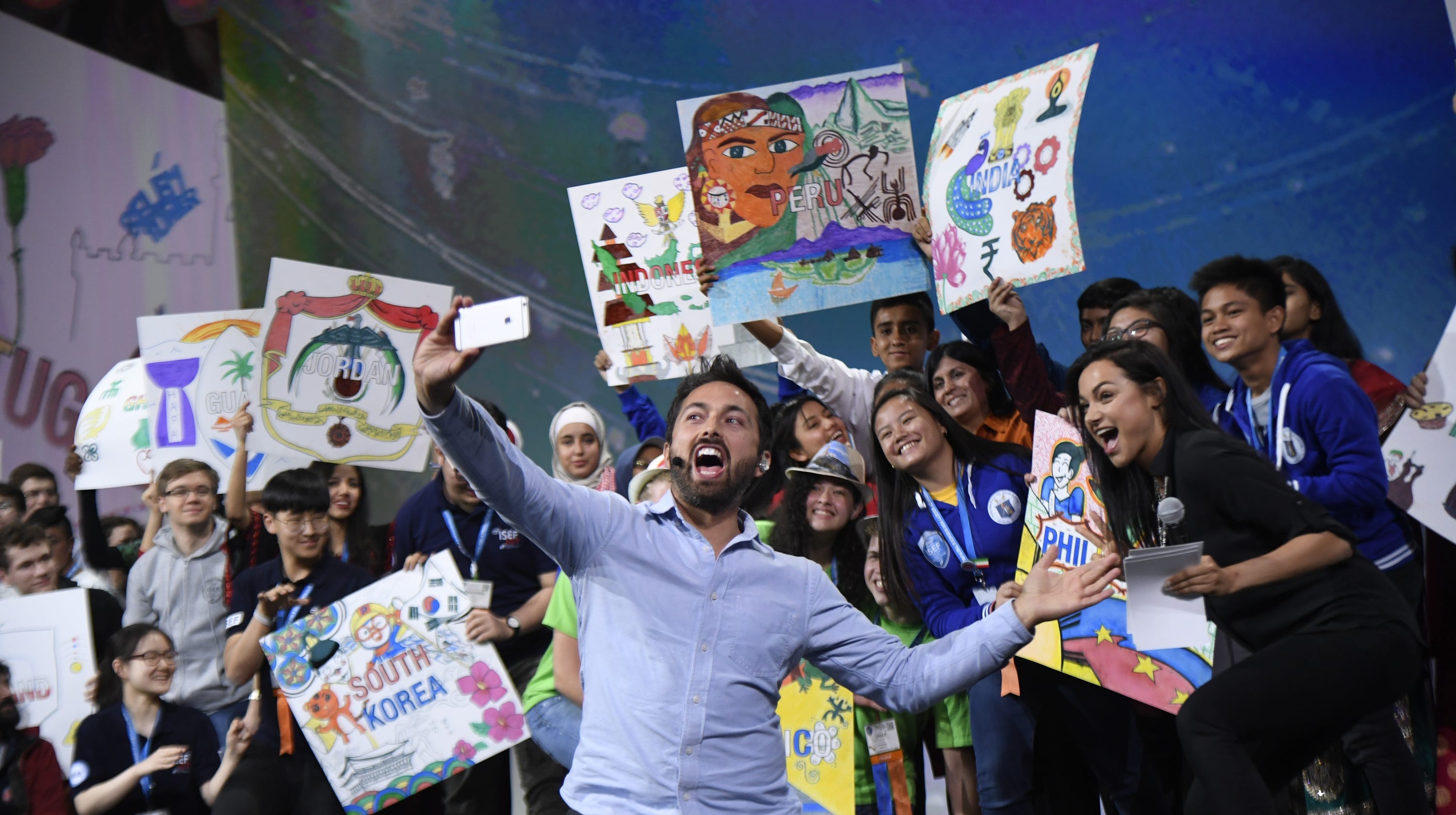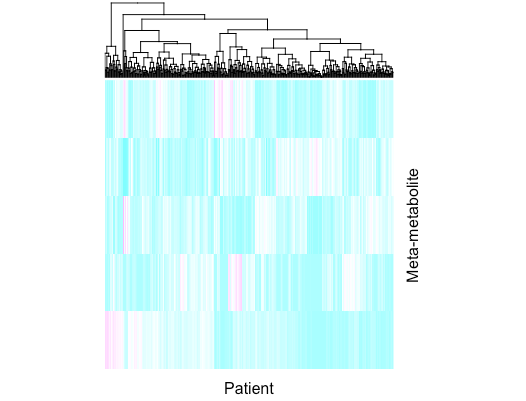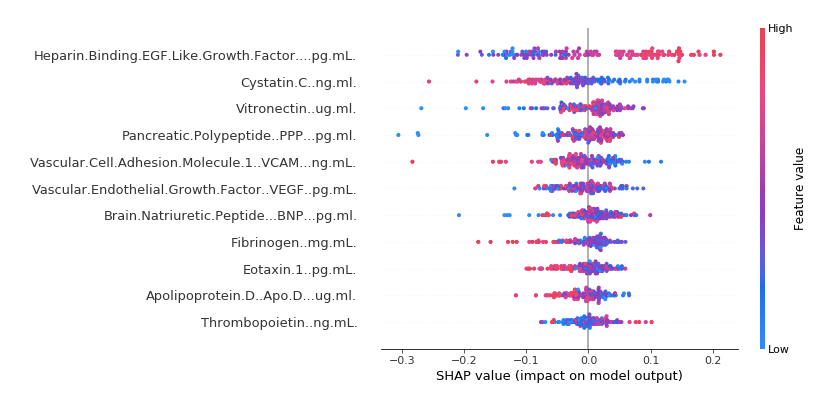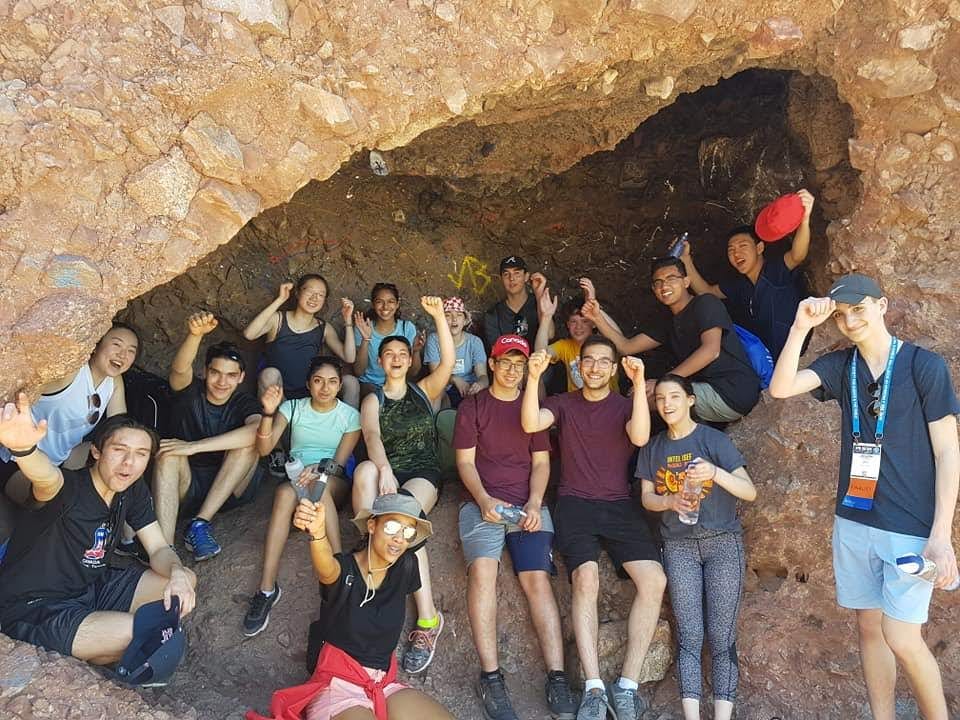
The roar of 1,800 teenagers fills the auditorium. What are they cheering at? It’s not Drake and it’s not a sports game. The teenagers were cheering for Feng Zhang — a leading developer in the world-changing CRISPR-Cas9 DNA editing tool — as he is introduced to the stage to address the crowd.
Such a spectacle can only be found at Intel’s International Science and Engineering Fair (ISEF), which is the world’s top science fair. With over 1,800 students presenting projects from physics to social sciences, it can also can be considered the top forum for youth scientists.
I had the distinct honour to be selected to represent Canada as part of a team of 8 projects. ISEF was an incredible experience that broadened my horizons about what youth can achieve in science.
The Process
In the summer of 2018, I had the opportunity to intern at my local university’s bioinformatics lab. Their project focused on metagene analysis, which is able to identify genes that are correlated to one another despite cross-platform measurements or cross-species comparisons. It was a powerful technique that used non-negative matrix factorization, which is the same type of math that powers recommendation engines.

I was inspired to use this math technique for biomarker identification for Alzheimer’s disease. Using non-negative matrix factorization, statistical analysis and machine learning, I developed a workflow that accomplished three objectives:
- Identified novel protein biomarkers for Alzheimer’s disease that can be measured in the blood
- Confirmed that biomarkers are statistically different among Alzheimer’s disease patients and other types of dementia, contributing to an earlier diagnosis.
- Created a highly accurate machine learning workflow that can identify biomarkers and predict the diagnostic state of the patient for any disease

Needless to say, it was a difficult journey. Programming in R proved to be a challenge, but the results were worth the struggle.
I applied to join Team Canada for ISEF 2019 with this project. After two rigorous rounds of selection, which included interviews from university faculty across Canada, I was selected to join the team of 8 projects.
The Experience
ISEF 2019 was a science fair like no other. With projects from all across the world, my jaw was perpetually on the floor as I saw what other youth scientists had accomplished, from identifying new exoplanets to developing a virtual reality-aided spinal surgery tool.
However, the fair was much more than a competition. During my time there, I had the opportunity to ask questions to Nobel laureates, listen to the journey of Feng Zhang’s CRISPR development and participate in a panel discussion with leading entrepreneurs in Silicon Valley and elsewhere.
The best part of the whole fair were the participants. From trekking in the hot Arizona desert to baseball games, I learned some amazing things about many of the participants of this fair, especially the members of Team Canada. With fairs like these, the network you develop is the most important aspect — you never know where your newfound friends will end up, but you can be sure that they will be successful.

Lessons
Walking around the enormous gigantic conference hall and visiting some of the notable and award-winning project highlighted a few things that I wish I would have known before I started my science fair journey:
- Mentorship matters: Almost all the award winners found some incredbile mentor that helped them throughout their projects. However, the key distinction between mentors of most projects and these award-winning projects is that the role of the mentor was limited. It seems a little counter-intuitive at first but it makes sense. Overbearing mentors often dictated the path of the project and it became quite apparent that the science fair project was done by the mentor during the presentation. Instead, the ideal science fair mentor is one that provides guidance, necessary data, and advice on analysis; this provides the student the most latitude to push their project forward on their own terms.
- Creativity and application matters: Arguably, it is these two aspects of projects that judges value the most. For example, the computational biology top project used natural language processing on research papers to find genetic mutations. Note how it had an incredibly creative approach and data source (natural language processing on articles) and an important application (mutation searching). Projects that won usually emphasized the creativity and application in all parts of their project.
- Convergent projects are supreme: We all know that the saying, “A jack of all trades is a master of none.” However, it needs to be qualified: being extremely good in a few fields can lead to some amazing results, which was evident in many projects. Many of the top projects combined techniques from several different fields to wow the judges. The top award of the fair was given to someone that applied virtual reality techniques in surgeries along with machine learning to make spinal surgeries more accurate. Simply jaw-dropping. It is at the convergence of different fields where the most unique ideas are found.
If I could go back and do ISEF all over again, I would do the following:
- Know everything about your project: Every little part of your project, from your presentation board to the most basic of methodologies, is a testament to your scienctific integrity. I would look over everything I had done in my experiments and make sure I know everything.
- Focus on creativity and application: As mentioned above, these two parts are the eye candies of every science fair project. If I were to do my project again, I would keep this in mind and structure my project in a way that it has the most amount of creativity and can be applied to a broad range of problems.
- Target awards: When I came to ISEF, my strategy was simple: perform at my best. However, I think a better way of going about ISEF is targeting a few awards that you would be qualified for and changing your presentation to fit the award’s criteria. Also, I would be careful to distinguish my presentation from special awards and grand awards.
Overall, ISEF 2019 was an unreal experience. I met a new group of friends and learned incredible things from everyone that I met. It was such an honour to attend an event like ISEF.